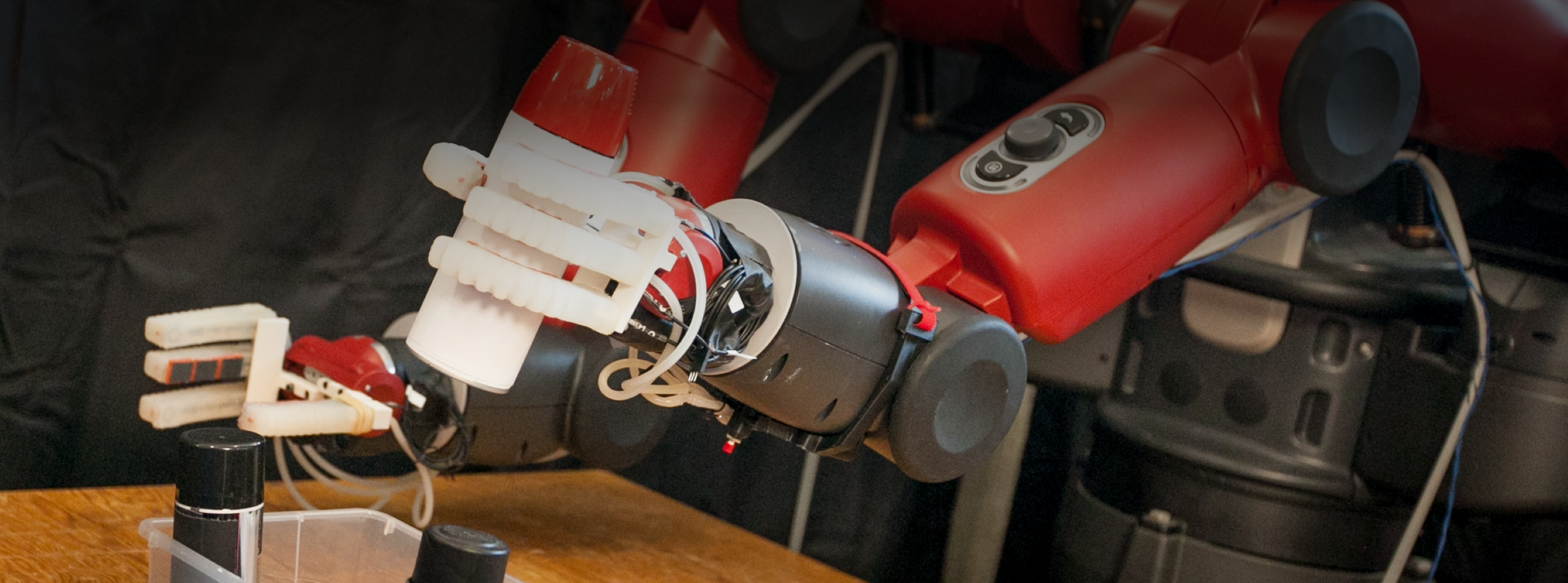WRITTEN BY: Matthew Busekroos | PRODUCED BY: Nate Caldwell
Originally from Mumbai, India, Dishita Turakhia’s academic journey started somewhat unconventionally. Turakhia studied as an architectural design student in India before moving to London and receiving a master’s in computational design. After spending time in London working with architectural firms, Turakhia went back to India and started her own firm. She eventually wanted to get back into research and applied to MIT, ultimately for architecture and computer science.
Turakhia is now working toward a Ph.D. in computer science. She credits Patrick Winston’s introduction to AI course for her continuing on the computer science trajectory. Turakhia was “blown away” and became a huge fan of Winston. Winston originally served as Turakhia’s advisor for her dual master’s thesis.
For her Ph.D., Turakhia wanted to focus on an area of design that could have some sort of meaningful impact and one of those fields was skill learning, human learning. She said her research and lab focus a lot on fabrication.
“What I do is take the theories from learning sciences and use them to build learner-centric systems for skill learning. I mainly focus on physical skills, such as motor skills, and creative skills, such as fabrication skills,” she said. “The first project was based on the framework of adaptive learning. I applied this framework for learning of motor skills. In this project, I discovered the impact of scaffolding learning by combining technology with our knowledge of how humans learn. In the second project, I applied the idea of game-based learning to learning fabrication skills. This project is mainly targeted towards young learners in middle school and highschool. Both these projects led to several conference papers on the design of systems and studies on learning.” Speaking of her latest work, Turakhia states, “ I'm currently working on building systems for reflection-based learning. This approach is unique compared to the previous two projects because it explores the idea of scaffolding the implicit learning that occurs through self-reflection.” These projects tie into her thesis goal to build systems for autodidactic skill learning, i.e., enable self-learning of skills.
Turakhia said she believes this could be the way of the future where everyone can learn on their own at their own pace in a personalized way, without needing coaches and teachers all the time.
In referencing her first project on adaptive learning of motor skills, Turakhia said there are a lot of learning systems that exist today that sense the learner’s performance and provide feedback using novel technology. However, upon diving deeper into motor skill learning, she realized that a lot of systems that are built today are more technology-centric and not learner-centric. Through her work, she wants to bring back the focus on the learner’s experience, and make the systems learner-centric.
“For example, for motor skill learning, we wanted to build systems that can personalize optimal skill-learning for every learner,” she said. “We took inspiration from the literature on motor skill learning, which showed that when you are trained at an optimal challenge point, the learning potential is the highest. In other words, when the training task difficulty is adapted for the learner, so that it is neither is too easy, nor too hard, and it's always maintained in like this optimal channel zone, learners have the highest learning gains. But identifying that optima challenge point for different skills and different learners is hard. To mitigate this, we built an interface that auto-generated the learning algorithm for a range of adaptive training tools for motor skills, from an adaptive basketball hoop to adaptive shoes.”
She said that it is important that you don’t build systems for the sake of it, but really identify the impact of what you’re building and who will care about it.
“While being a Ph.D. student, you learn a lot of core research skills, such as identifying the right problems, asking the right questions, and really trying to understand where your contribution is,” Turakhia said.
For the future, Turakhia said she is excited to continue to reimagine how humans will learn in the future.
“We want to reimagine what classrooms look like,” she said. “We want to reimagine what learning for different communities will look like. We want to reimagine what the learning process will look like and the learning mediums will look like in the future. That is the part that I'm super excited about because I get to work at the edge of innovation and invent the future”
Following her time at MIT, Turakhia is keeping an open mind about where she’ll go next and wants to continue research in areas she’s passionate about.
“I would like to be in a place where I can work on research projects and also teach,” she said. “Teaching is something that I enjoy as well. I think a combination of the two would be ideal.”

